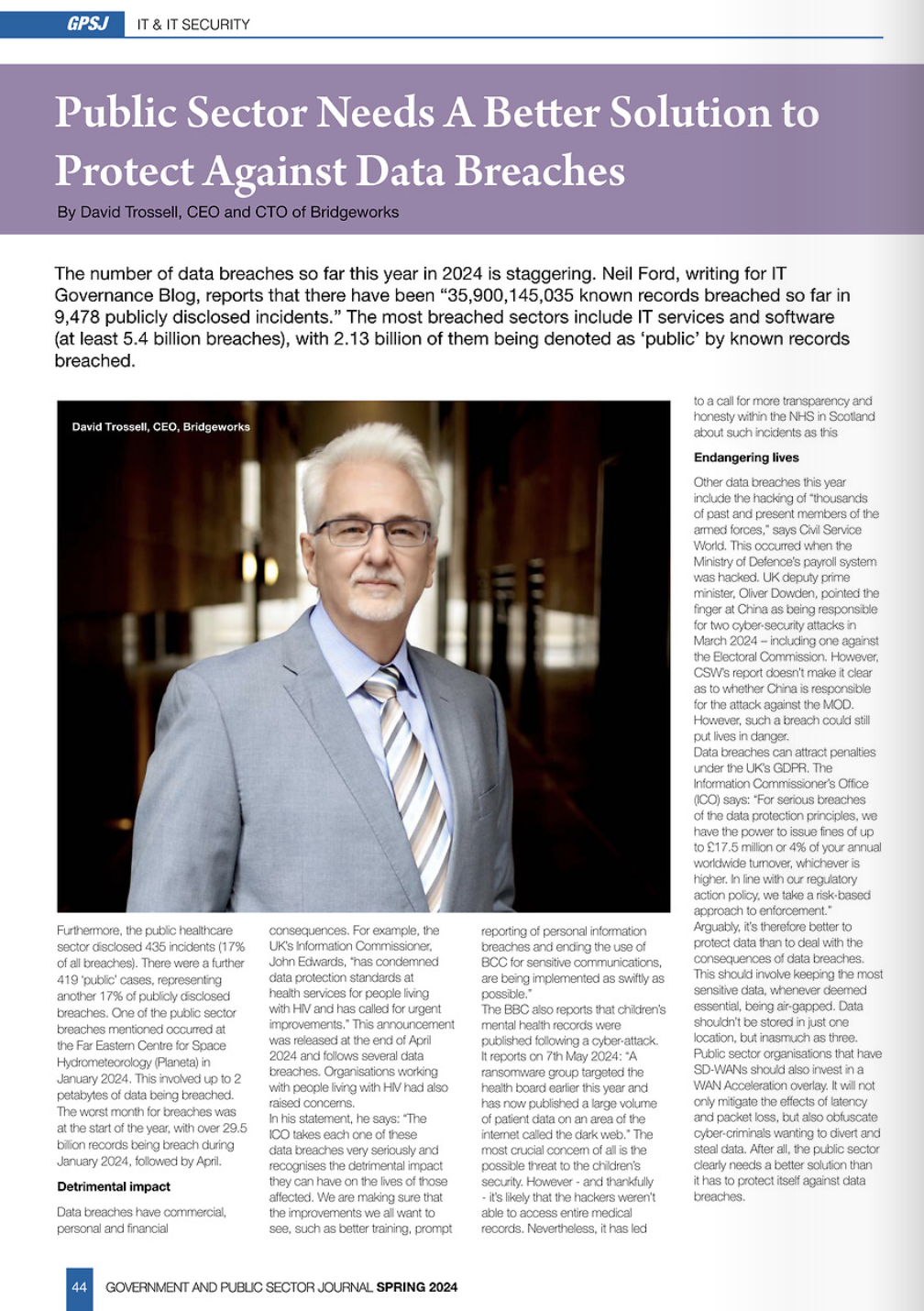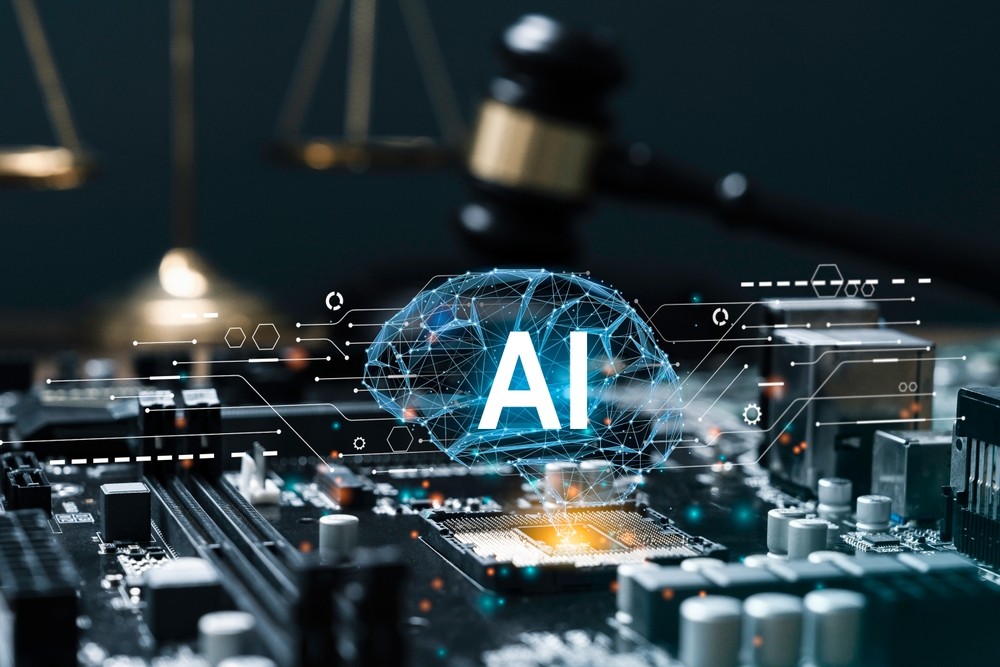
December 19, 2020
The Coronavirus COVID-19 pandemic is expected to change the way people work, well into the future. While the focus is predominantly on office workers being able to continue their roles from home, there is also an opportunity to enable a wide variety of industries to take their project work back to their humble abodes. This could even include elements of the Transportation-as-a-Service (TaaS), connected and autonomous vehicles (CAV) industries.
Despite the pandemic and after much wrangling, California’s Alameda County is permitting Elon Musk top re-open his factory in Fremont. An article of 13th May 2020 by Chauncey Alcorn for CNN Business reports, “We will be working with the Fremont Police Department to verify Tesla is adhering to physical distancing and that agreed upon health and safety measures are in place for the safety of their workers as they prepare for full production,” county health officials said in a written statement.”
For some companies, there is an urgency to get back to work, given that the ability to manufacture vehicles or test autonomous vehicles in real-life conditions is being hampered by social distancing. Kyle Wiggers explains comments in his 28th April 2020 article, ‘The Challenges of Developing Autonomous Vehicles During a Pandemic’:
“The interruptions present a mammoth engineering challenge: how to replicate the data collected by real-world cars while the fleets remain grounded for months or longer. This problem has never been tackled before, and some experts believe it’s insurmountable. Even Waymo CEO John Krafcik has said that real-world experience is “unavoidable” in driverless car development.”
Yet, to entrepreneurs such as Musk, the interruption goes beyond business and the arguments against removing restrictions can both be political and emotive. Nevertheless, no matter what your views are on the lockdowns, Carol Schweiger – Schweiger Consulting, writing recently for Intelligent Transport, believes that the pandemic will usher in a number of changes.
Mobility trends
In her article for the magazine, she asks: ‘How has COVID-19 impacted 2020’s mobility trends?’ In response to this question, she predicts that Mobility-as-a-Service will become multi-modal with the integration of Traffic Management 2.0 (TM 2.0), Transportation Systems Management and Operations (TSMO) in 2020.
Amongst her other predictions, including an increased use of artificial intelligence and machine learning in public transport, is her view that autonomous public transport will be put into service. She explains:
“COVID-19 is likely to have a considerable impact on the deployment of AVs, particularly due to keeping transit operators safe from the virus. Around the world, transit operators have lost their lives to COVID-19, prompting transport agencies to employ safety measures such a rear-door boarding, eliminating on-board fare payment and installing panels next to the driver, significantly reducing driver exposure if travellers are paying their fare on-board or simply boarding through the front door. If AVs could be pressed into service sooner, drivers would not be exposed to the virus.”
Autonomous deliveries
Another perspective is mentioned by David Trossell, CEO and CTO of Bridgeworks, and it’s one where the virus could push forward autonomous delivery services. On 7th April 2020, the World Economic Forum offered its take on why this could be a significant emerging trend: “The COVID-19 pandemic has put an incredible strain on global supply chains, from medical supplies to household goods, as spikes in demand stress-test logistics infrastructures. There is an opportunity for unmanned delivery vehicles to assist in addressing this demand and help to reduce the risk of spreading infection.”
Trossell adds: “We ‘ll see more autonomous delivery vehicles. I don’t see COVID disappearing within the next few months, and the ability to immunise people is going to take months. So, the issue is how to reduce the contact between worker and customers. Look at Tesla, it’s planning to have autonomous trucks. Do you want a driver who’s been awake too many hours, or a robot that’s never going to get tired? With autonomous vehicles you can scale up without having issues such as this with personnel. COVID may accelerate their introduction.”
Talking about electric and autonomous vehicles, he also thinks that fuel-celled, rather than hydrogen vehicles, may be the best way forward with a view to improved air quality. He explains why:
“You can burn hydrogen, but combine it with oxygen in the cylinder of an internal combustion engine and you get “NOx” compounds such as nitrate, which forms nitric acid in raindrops. Then we have the whole acid rain problem we had when the world relied on coal for electricity generation. So, if we can improve the fuel cells, these may be a better way going forward.”
Autonomous railways
From a logistics industry perspective, and with care for the environment in mind, his ideal autonomous transport systems would be a railway. To ensure that the virus can be brought under control, he says most people need to continue to work from home, and that there is a need to reduce the number of people out-of-home, doing work they can’t do from home. One solution is to use an autonomous railway, which could carry the load of 50 trucks on the road, driven by at least 50 people.
He adds: “It’s a shame in the UK that we tore up much of our railway system in the sixties. If we still had some of that in place now, we could transform our roads and green capabilities. It’s a lesson to us all when we throw everything out of the door just to replace it with new technology. We have seen this in the IT industry when SSD and disks replaced many tape devices just to find that these devices become expensive to store the ever-increasing data volumes of data. Tape is coming back, not into the traditional backup arena, but in archives for all the data everyone is creating.”
Data: improving efficiency
The data that’s being collated on transportation should also lead to more efficient transportation systems. This could even lead to a more efficient and better utilisation of the road networks with electric and autonomous vehicles playing a huge part in this prospect. This could reduce congestion, making sure people don’t squeeze everything into just one day.
As a logistics operation or roads authority, for example, you could ask yourself: “What is the best time to put your truck on the road to save fuel?” Data could provide the answer, allowing you to work out the most efficient use of the road network of any given country. This requires us to have autonomous and connected vehicles.
However, he adds: “I think COVID-19 shows then we need faster networks, and they will need to be the backbone of capability. As people become comfortable and the self-discipline that comes in the end with home-working, they will require more efficient networking support – particularly for people who don’t live in conurbations but live in rural locations.”
The increased reliance on data for even transportation systems also means that there will be an increased demand for faster networks. Latency and packet loss in an era of big data analysis can lead to poor decision-making. People’s work locations may change, but latency and packet loss could still hinder them and their organisations. The mitigation of the effects of latency and packet loss will be particularly important in projects that necessitate the sharing, back up and restoring of large amounts of data and large files (e.g. computer modelling and simulations that use a high level of graphics), etc.
Enabling faster WANs
However, solutions such as WAN Data Acceleration can enable faster wide area network, improving project collaboration, real-time big data analysis decision-making and ultimately decision-making. While connected and autonomous vehicles will use edge computing to some degree, there will whenever the data is amassed still be a need to collate, share and analyse voluminous amounts of data between the different players within the TaaS, connected and autonomous vehicle eco-systems.
WAN optimisation can’t address latency and packet loss sufficiently. It also can’t deal with encrypted data. SD-WANs are a great technology, but they too could be improved by being overlaid with a WAN Data Acceleration, such as PORTrockIT. With WAN data acceleration it’s possible to achieve a complete transformation of these industries and improve the security of their essential data. Without it, they couldn’t operate. The future of TaaS and CAVs is data and how it is exploited.
Improving data security
Trossell explains: “To send data securely over WANs, we need to encrypt the data and for that we need encryption keys. Traditionally, these keys tend to be close to firewalls, as any WAN optimisation has to happen before we encrypt the data. For WAN optimisation to be most effective, it has to be the last thing before the data hits the WAN. On the other hand with WAN data acceleration, it is possible to accelerate encrypted data and push the encryption process and therefore the keys, back into the depths of IT systems, giving you more ‘doors’ to open or layers to get through to the keys.”
He concludes by suggesting people are going to have to relinquish control to another being if they want to continue to have personal transport. This requires putting a computer in control to gain a bigger picture of what’s happening on the road. Human drivers, he says, often can’t have all the information they need at their fingertips without the aid of computer and Vehicle-to-Everything (V2X) systems. V2X and Vehicle-to-Vehicle (V2V) communications permits vehicle to talk to each other, and with the infrastructure around them – allowing them to ‘think’ further ahead than a human driver.
So, one of the key outcomes – from Trossell’s perspective – will be to see the issues that pandemic has caused, including for mass transportation systems, as an opportunity to invest a huge amount of money in the digital infrastructure that’s required to manage it. This will also enable more Transportation-as-a-Service projects to be managed remotely, perhaps even from someone’s home.




